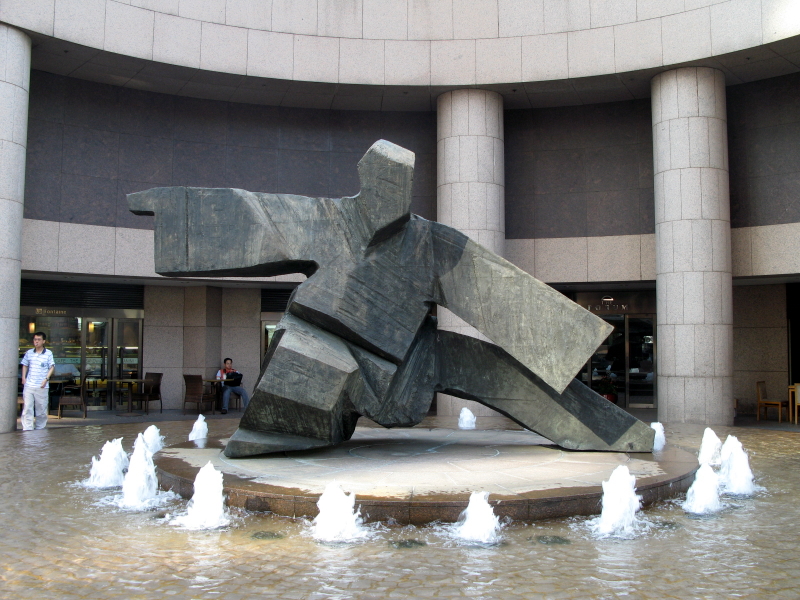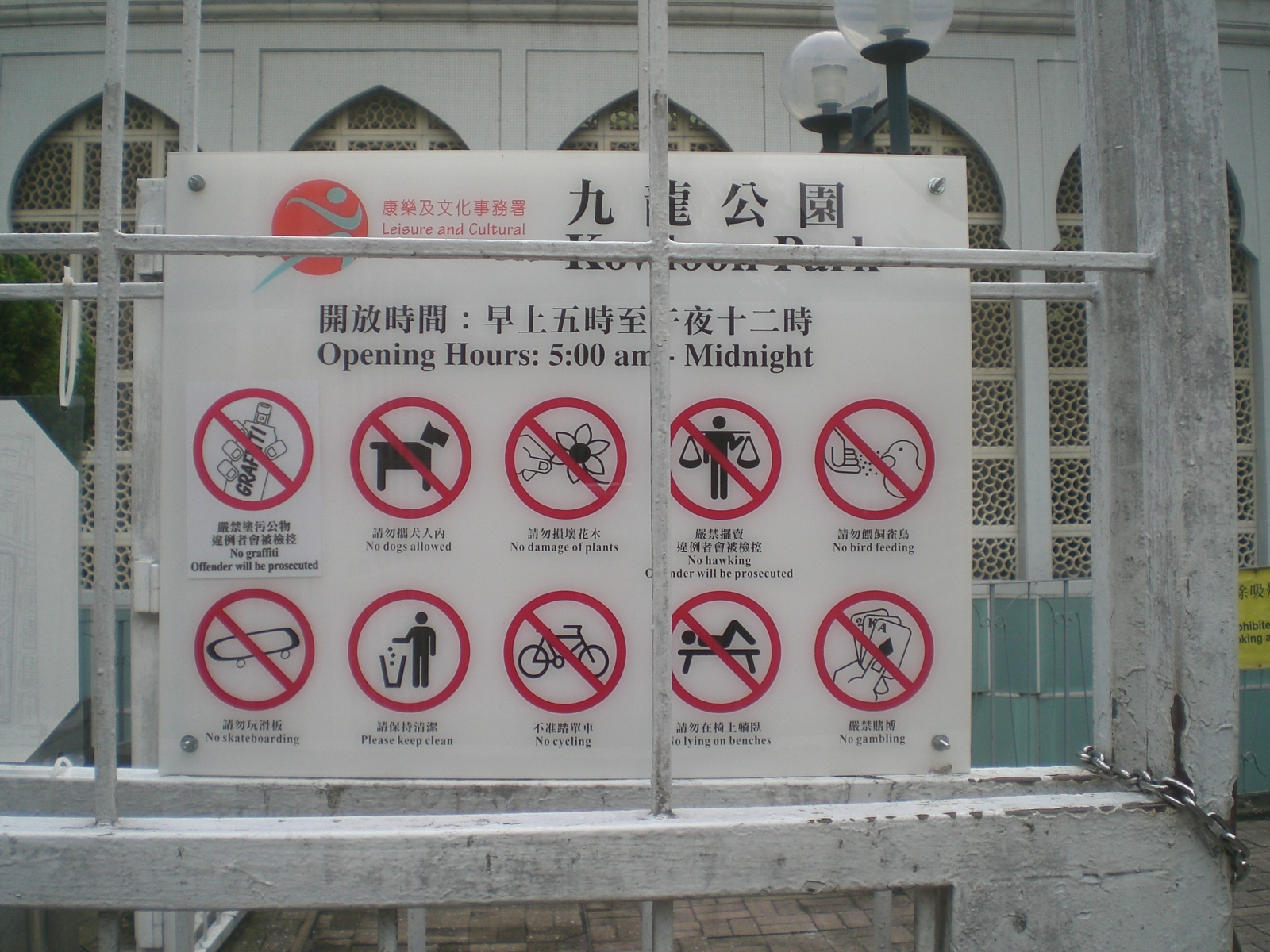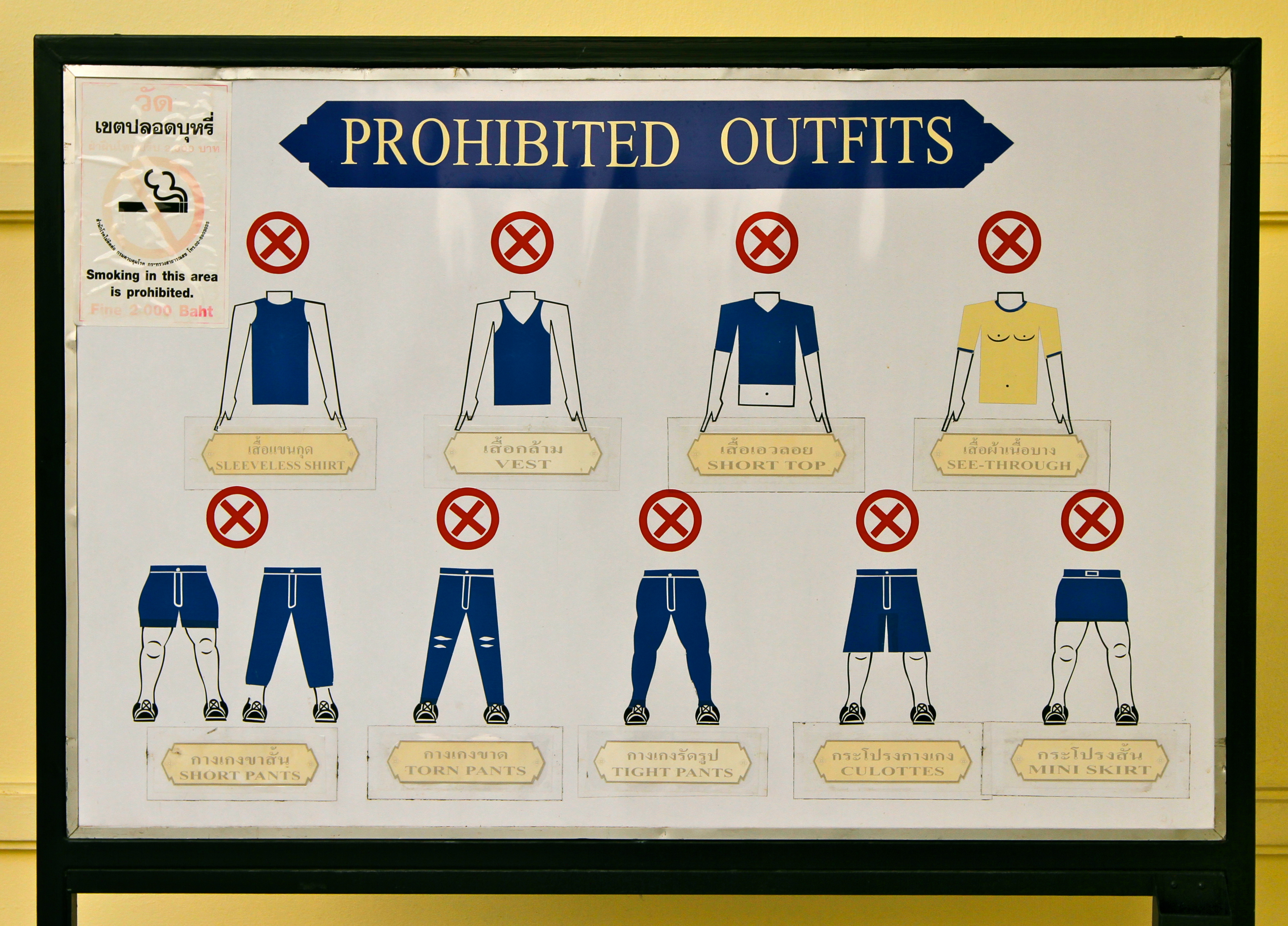Traces constitute places
According to Anderson (2010), traces are cultural marks, residues or remnants left in place by people with different values. Sometimes, people inadvertently leave these marks behind without giving much thought to them, or indeed their ramifications on future populations. More often than not, however, people deliberately leave traces behind in the hope of promoting their values to a wider audience beyond their own cultural and temporal context.
It would not be an overstatement to say that traces make up almost any place in living existence. The physical traces in the Hong Kong Exchange Square, for example, are plain to see: a fountain, a building complex, and a collection of sculptures, among other curiosities, greet commuters and visitors on a daily basis. Most traces are material things such as buildings, signs, and graffiti, which leave discernible marks on the physical environment. Less apparent are the immaterial traces, like memories and emotions associated with events, which enable us to sense and remember places in non-tangible ways through hearing, smelling, tasting, and feeling. Despite their incorporeal nature, we can think about these kinds of traces, reflect on them, and even reminisce about them.
Traces can be durable both in a material form (e.g. a building with special design) and a non-material form (e.g. permanent marks on our memory or mind). Ultimately, all traces – material or immaterial, durable or transient – function as connections, a kind of thread that ties the meaning of places to the identity of the cultural groups that constitute them. Anderson (2010) thus argues that traces tie cultures and geographies together, influencing the identity of both.

Hong Kong Exchange Square: A place with multiple traces (Photo by WiNG / CC BY-SA 3.0)
Place as an ongoing composition of traces
A place is never dull and static, even though it may so appear. Traces, cultural marks left by groups of people with different values, constitute any place. Cultural geographers often make a distinction between material traces, like a place’s buildings, sculptures and restaurants, and non-material traces, like the associated emotions and memories of its locals. Some traces may evolve over time, which in turn changes the identities and meanings associated with the place. Other traces, by contrast, remain as relics of the past. These serve as a much-needed reminder, to locals and new arrivals alike, of the place’s history and culture.
Take Wan Chai, one of the earliest settlements in Hong Kong, as an example. It was once a notoriously old and dilapidated part of the city, yet many locals harbor fond memories of its past. Lee Tung Street, for instance, was affectionately known as the “Wedding Card Street” due to its legacy of being a center of publishing and manufacturing of wedding cards, lai see, fai chun, and other items. However, urban redevelopment since the early 2000s, driven in large part by the emergence of luxury residential developments, has transformed the district into an up-market neighborhood. The material traces are changing, with the emergence of new high rises, renovated buildings and upscale shops. While Wan Chai is establishing a new image, the fond memories of its humble beginnings still remain indelibly in the hearts of locals.
A place is not a fixed entity. Rather, as the example of Wan Chai shows, it is an endlessly dynamic one, where ever-changing traces coalesce to form new cultural ideas, activities, histories, and possible futures.

Lee Tung Street before redevelopment (Photo by Jerry Crimson Mann / CC BY-SA 3.0)

Lee Tung Street after redevelopment (Photo by Wikipedia User - Wpcpey / CC BY-SA 4.0)
All geographies are regulated
This is an important statement in cultural geography, meaning no place exists in vacuum. The following images outline the regulations imposed on a range of places. In Kowloon Park in Hong Kong, visitors are reminded that some habits are prohibited; on the Hong Kong MTR Platform, it is considered normal not to place hands on the sliding glass doors, put your belongings on the gates and rush to the yellow line; in Bangkok’s Grand Palace, you should dress properly– shoulders and knees covered for both sexes.

Prohibition signs at Kowloon Park (Photo by Pallowoom14 / CC BY-SA 3.0)

Dress code for entering the Grand Palace, Bangkok (Photo by Sodacan / CC BY-SA 3.0)
Reference
Anderson, J. (2010). Understanding cultural geography: Places and traces. Abingdon, UK: Routledge.


